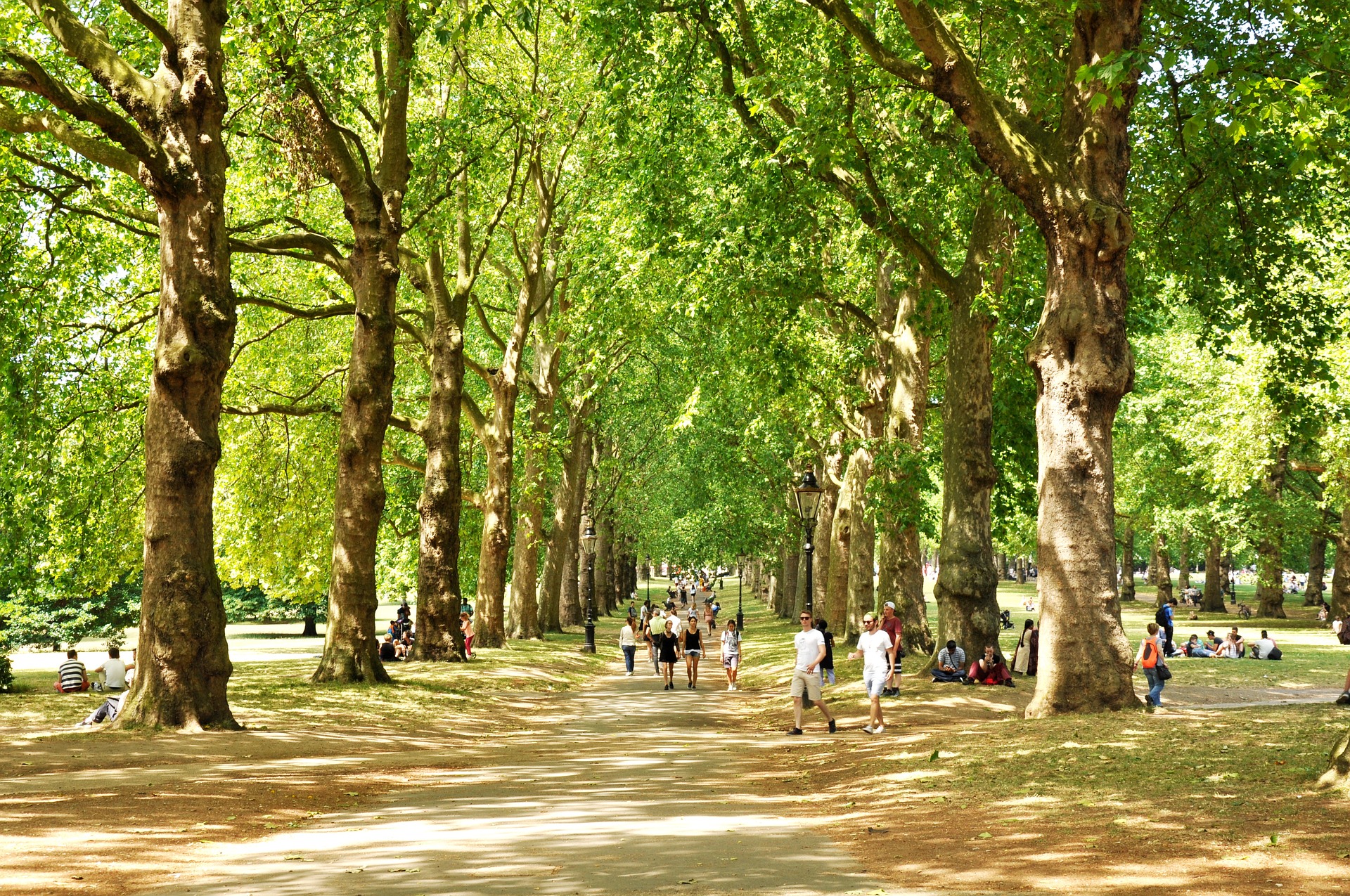
Is green the new black?
People who live in areas with more green space near them live longer and healthier lives. On the surface, this is not that surprising. But what is more interesting, is how little time and how little space is needed to make a big difference to a person’s life and wellbeing.
Dutch studies reveal that only a 10 percent increase in green space within 1km of a person’s home will translate to an increase of five years of healthy life. Five years!
The finding found that increased green space proximity decreased cardiovascular, musculoskeletal, mental, neurological, digestive and respiratory health issues, which in turn increased life expectancy. The relation was strongest for children and people with socioeconomic status. (Maas J et. al., 2009, “Morbidity is Related to A Green Living Environment”, Journal of Epidemiology and Community Health, Vol. 63 12, pg. 967-973).
And of course, it’s not just the physical health that benefits. Emotional and mental health improved too with access to green environments. A study published in 2019 in Scientific Reports found that spending two hours per week, that’s just 120 minutes in a natural environment, increased health and wellbeing. https://www.nature.com/articles/s41598-019-44097-3
“The results are in- access to green space makes you happier, healthier and smarter. The power of green can never be underestimated.”
Equally fascinating is another study that reveals experiencing a quality natural environment has strong effects on cognitive function such as memory, attention, and creativity. (Bratman, G. N. et al. 2019 ‘Nature and mental health: An ecosystem service perspective’, Science advances, 5(7), p. 0903.)
So, people who had exposure to green spaces had significant psychological benefits and lower levels of poor health. The results are in- access to green space makes you happier, healthier and smarter! The power of green can never be underestimated.
Even more interesting is the fact that the quality of nature experienced mattered. Research published by The Royal Society revealed that green space that was of higher quality, with a healthy ecosystem and rich species was even more beneficial to mental health, than green space with poor species richness. The study found recipients were less stressed and their’ overall mood had increased when they visited green spaces rich with biodiversity.
The results tell that it isn’t enough to just have access to green space, to really maximise the benefits, humans need a complex biological experience. Much like whilst eating an apple a day is great, eating an apple, kale, and avocado salad sprinkled with spirulina will give you even more benefits.
What does this mean for the Landscape Architectural industry? Apart from needing to up my spirulina, it reinforces how fundamental our service and skills are.
Today’s post-pandemic world is a very different one than it was. People’s priorities have changed, with a greater awareness of the importance of good mental health and for many lockdown enforced a new relationship and greater appreciation for nature. For many, being outdoors and interacting with wildlife offered respite, solace and the only pastime allowed.
The Office for National Statistics published a report in April of this year which looked at how our relationship with nature changed during the pandemic.
They say that in May 2020, at the height of the first lockdown, 36% of people responding to the ‘People and Nature Survey’ by Natural England said they had spent more time outside during the pandemic than before.
This rose to 46% in July 2020, indicating people’s interest in nature had increased.
Nature charities such as the RSPB and the Wildlife Trust also reported huge spikes in web traffic during the first national lockdown, as people had the time and inclination to learn more about their environment. Interestingly too, children’s playgrounds and parks which were closed during the first lockdown, had more visitors in the summer of 2020 than in pre covid years, according to Google mobility data for the year.
“People do not want to go back to a green-less existence of before. With many urbanites demanding that whilst their city lives return to normal, the environment needs to come with them”.
Whilst mental health unsurprisingly overall was reported as a decline during the pandemic, studies indicate that people’s awareness of the benefits of nature to their wellbeing had increased. Around 9 in 10 people surveyed by Natural England in May 2020 agreed that ‘natural spaces were good for mental health and wellbeing’. More than 40% noticed in general that wildlife and visiting local green spaces have been even more essential to their mental health since the restrictions started.
So where does that leave us? As the world embarks on a post-Covid recovery plan, Landscape Architecture has never been more vital. People do not want to go back to the green-less existence of before. With many urbanites demanding that whilst their city lives return to normal, the environment needs to come with them.
A new survey entitled ‘Nature positive?’ by environmental consultancy WSP and independent Thinktank Bright Blue, shows that the UK public wants nature at the heart of policymaking. With ‘nearly three-quarters (74%) of the public polled supporting a requirement for developers to enhance the natural environment when building new houses’.
Whilst ‘72% of the public would be more likely to support new infrastructure development if the organisations constructing them are obliged to materially improve the local natural environment’.
The report found strong public support for new housing and infrastructure developments so long as they improve the natural environment. There was also support for the ‘biodiversity net gain principle’ included within the Environment Bill, which requires developers to ensure that the natural environment is left in a better state than before.
It is common sense that we feel better in nature and benefit from being outdoors in the landscape. But the hard stats also overwhelmingly support this, and it is our duty, as Landscape Architects, to bring this to the forefront of every project we work on.
by Eleanor Trenfield (EDLA Director)
